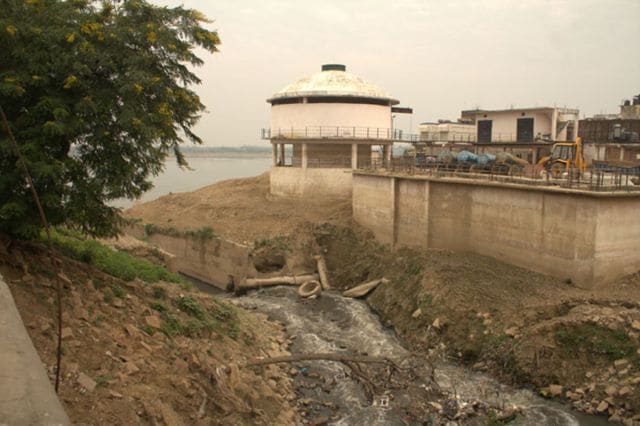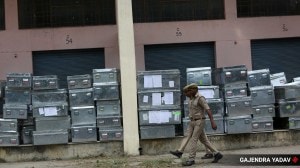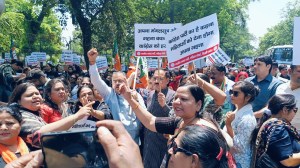- India
- International
13 treatment plants in Delhi running at 20% capacity: Report
The issue was discussed in August in a meeting of a Central Monitoring Committee that was set up by the National Green Tribunal to monitor 351 polluted river stretches in the country, including the Yamuna.
 The findings from Delhi and numerous other states were submitted to the NGT in the second quarterly report of the committee.
The findings from Delhi and numerous other states were submitted to the NGT in the second quarterly report of the committee.The 13 common effluent treatment plants (CETPs) in Delhi with a combined capacity to treat 213 million litres per day (MLD) of industrial effluents are running on only 20-22% capacity.
In other words, only 45 MLD of effluents are being treated and released into the drains that join river Yamuna.
Moreover, out of 13 CETPs, only 11 were monitored in July, out of which seven were found to be non-complying, meaning that treated effluents discharged from the plants were not meeting the prescribed standards.
The issue was discussed in August in a meeting of a Central Monitoring Committee that was set up by the National Green Tribunal to monitor 351 polluted river stretches in the country, including the Yamuna.
The director (technical) of National Mission for Clean Ganga (NMCG) also informed the committee during the meeting that there were 11 industrial clusters in Delhi which do not have any CETPs installed.

The findings from Delhi and numerous other states were submitted to the NGT in the second quarterly report of the committee.
“ED (Tech), NMCG informed that the issue of CETP is going on since past two years. DPCC had informed that for upgradation of the CETPs and to increase the utilisation capacity of the CETPs, NEERI had been engaged for providing consultancy, and studies are going on. However, no progress has been reported in this regard,” the committee’s report states.
It said, “Secretary, Ministry of Jal Shakti, raised concern over the poor management of industrial pollution in Delhi even after construction of CETPs of 213 MLD and poor utilisation of the existing CETP infrastructure.”
An official from the Delhi State Industrial and Infrastructure Development Corporation (DSIIDC) said the reason behind low utilisation of CETPs was that many industries in Delhi were producing relatively less wet waste than before.
He also claimed that the 11 industrial clusters in Delhi that are not connected to CETPs produce low quantities of effluents.
“Findings from the NEERI study will give us answers on how the full capacity of CETPs can be utilised and on how the plants need to be improved,” the official said.
The committee was also told that there has been very slow progress in development of sewage treatment plants (STPs) in Delhi.
In a meeting held in July, the secretary of Department of Water Resources noted that the Interceptor Sewer Project (ISP) and establishment of STPs at Coronation Pillar, previously expected to be completed by 2017-18, have now been revised to 2021.
“Member Drainage, DJB informed that 99% progress had been achieved and only minor works are remaining in ISP, which they are finding difficult to complete in the absence of lack of manpower due to the pandemic. Similarly, for Coronation Pillar, delay is due to limited manpower and funding issues,” the committee report states.
Apr 24: Latest News
- 01
- 02
- 03
- 04
- 05







































